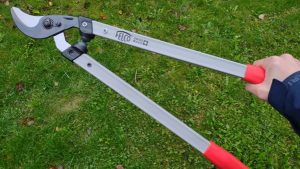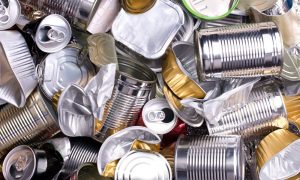Do You Know What a Cladding Is?

Image Credit: https://unsplash.com/photos/UEm6e58b9DY
In its most common use, the term “cladding” refers to the external skin(s) that are applied to high-rise buildings in order to boost thermal energy efficiency and/or also improve aesthetics without degrading weather resistance.
Since the cladding component is not load-bearing, the building’s structural integrity is not dependent on it.
Cladding may be added to an existing structure made of traditional masonry or it may be incorporated into the design of a new structure.
The Cladding Consulting firm will assist you in obtaining remediation from the government fund so you may get rid of any flammable materials in your building. One can visit here for a consultation if there are any safety issues regarding the buildings.
What are the different types of cladding?
There are numerous different cladding options, from more up-to-date metallic rainscreen systems or glass curtain walls to more traditional-looking masonry or rendered systems.
Cladding panels are made from many different materials such as:
- Wood
- Metal
- Brick
- Vinyl
Additionally, they are frequently used in conjunction with composite materials.

Image Credit: https://unsplash.com/photos/Zgo8GBSUrt0
Some of which include the following materials:
- Recycled polystyrene
- Rice straw
- Wheat
- Blends of aluminium and wood.
ACM or HPL are the most typical types of cladding facades that you must have heard about in the news and which are alarming.
Two aluminium skins are adhered to a non-aluminium core to create ACM (aluminium composite material) façade panels, which are frequently used for thermal insulation. The Grenfell Tower, which caught on fire in West London in 2017, was coated with this style of the exterior panel.
High pressure laminate (HPL) facade panels are created by pressing layers of paper or wood fibres into a resin, which is then heated to form a bond. The student housing complex at the University of Bolton that caught fire in 2019 included this style of façade panel.
It is frequently difficult to determine the material composition of a cladding system simply by glancing at the exterior panels; more often than not, research will need to be done.
Insulated Render
Although the render is typically non-combustible, it is typically put on top of EPS insulation blocks. The insulation behind the render could catch fire in the case of a fire if it is not kept clear of chips and fractures.
Render portions fall when the insulation burns away.
EPS
EPS or Expanded Polystyrene is used as an insulation material which is behind a rendered or any metal finish.
Timber
Although timber cladding is more common on low-rise buildings, it is frequently utilised on higher buildings to give the façade a new appearance. Additionally, it is frequently used as aesthetic screening and as walls between apartments.
What do building regulations presently say about cladding?
Combustible building materials are no longer permitted on the exterior walls of structures taller than 18 metres or containing more than one home, according to an amendment to the building laws made in 2018.
Hospitals, residential care facilities, tower blocks with residential housing, and tower blocks with student housing are all subject to this ban. High-rise tower block fire risk assessments will also begin to cover a building’s exterior walls.








